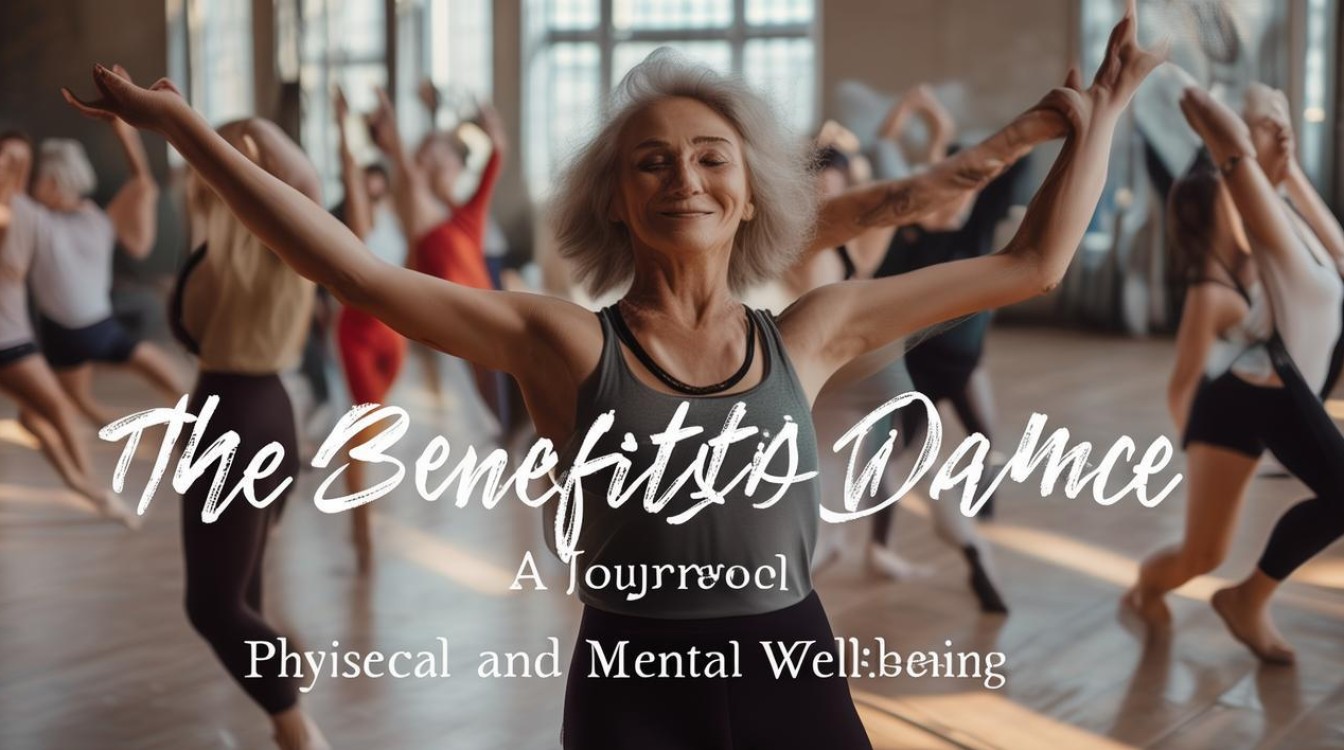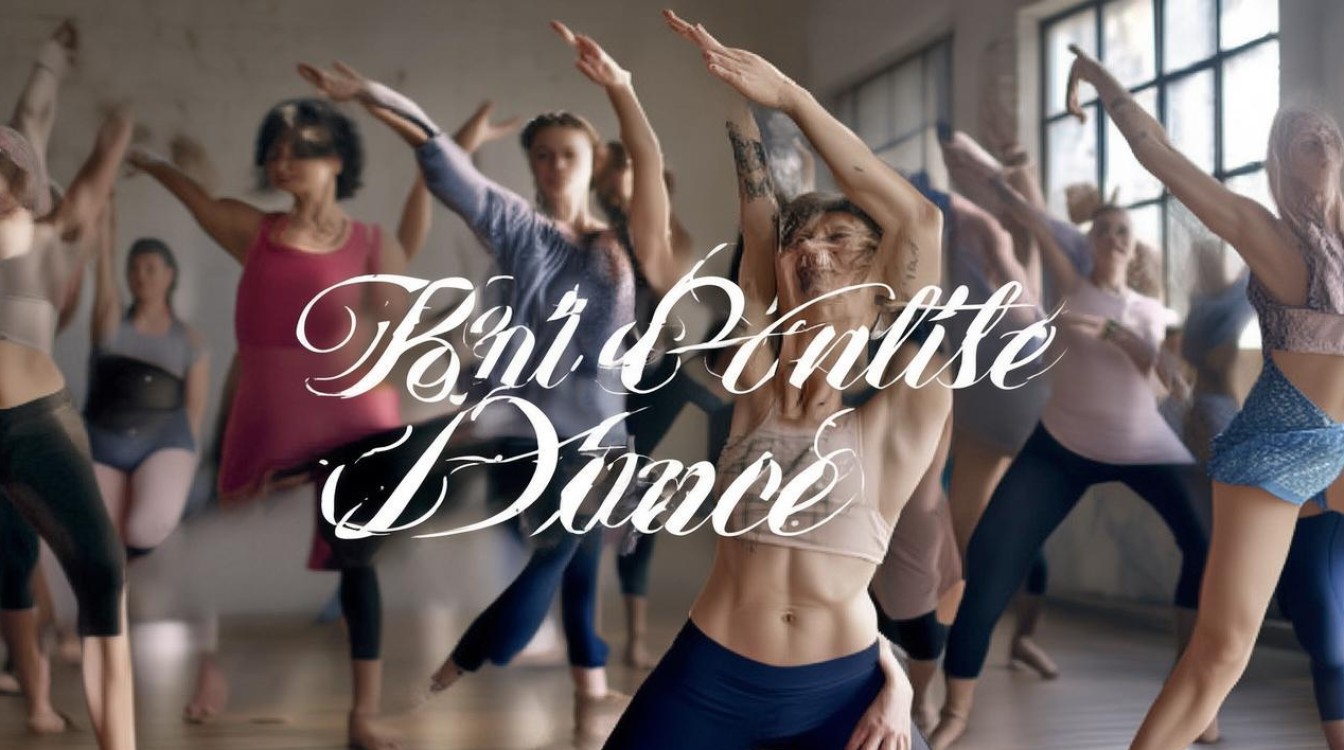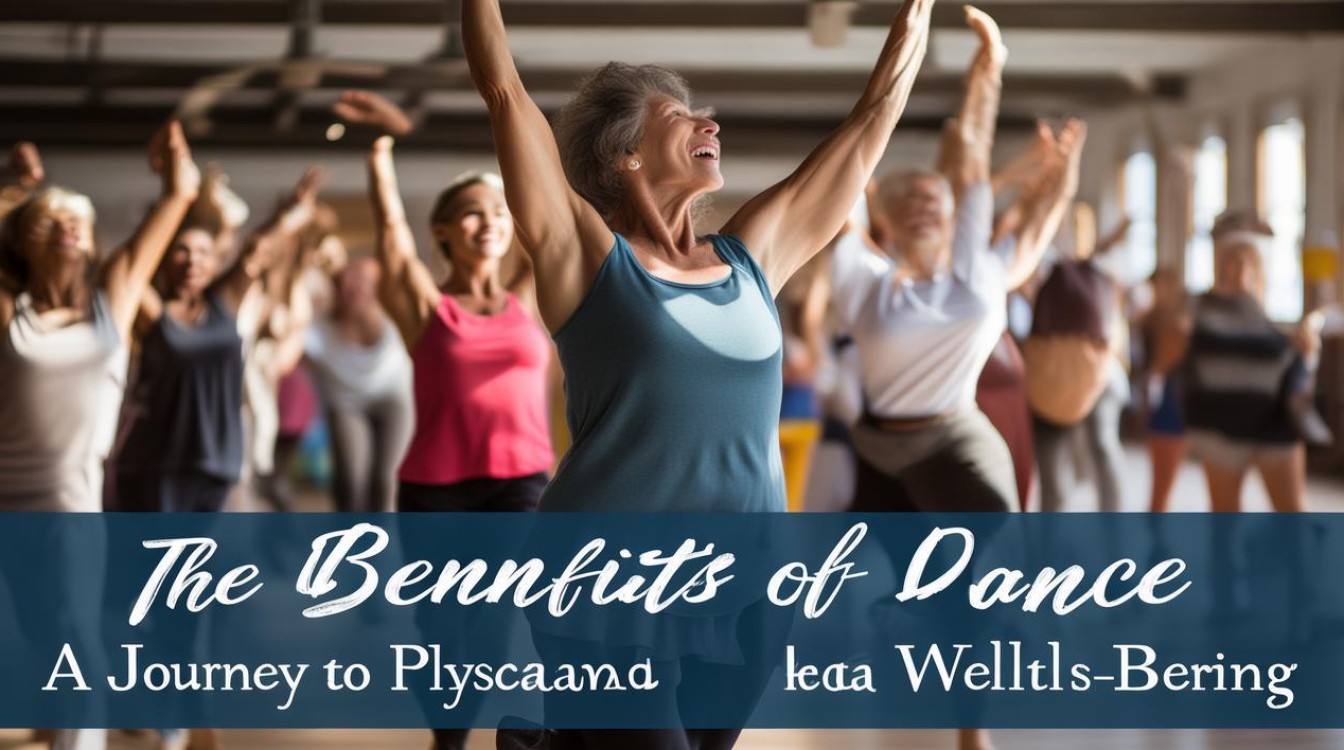Dance is more than just movement to music; it is a powerful form of expression that transcends language and culture. From ancient rituals to modern fitness routines, dance has been an integral part of human life. Its benefits extend far beyond entertainment, offering profound advantages for physical health, mental clarity, and social connection.

Physical Health Benefits
-
Improves Cardiovascular Health
Dance is an excellent aerobic exercise that gets the heart pumping. Whether it’s salsa, hip-hop, or ballet, regular dancing strengthens the heart, lowers blood pressure, and improves circulation. Studies show that dancing for 30 minutes a day can reduce the risk of cardiovascular diseases. -
Enhances Flexibility and Balance
Many dance styles require stretching, bending, and coordinated movements. Over time, this increases flexibility and improves balance, reducing the risk of falls, especially in older adults. -
Builds Strength and Endurance
Dance engages multiple muscle groups, from the core to the legs. The constant movement builds muscular strength and stamina, making everyday activities easier. -
Aids in Weight Management
A vigorous dance session can burn as many calories as jogging or cycling. For those looking to maintain a healthy weight, dance offers a fun alternative to traditional workouts.
Mental and Emotional Benefits
-
Reduces Stress and Anxiety
The rhythmic motion of dance releases endorphins, the body’s natural mood lifters. It also lowers cortisol levels, helping to alleviate stress and anxiety. -
Boosts Cognitive Function
Learning dance routines enhances memory, focus, and spatial awareness. Research suggests that dancing may even delay cognitive decline in older adults. -
Encourages Self-Expression
Dance allows individuals to convey emotions without words. This creative outlet fosters emotional release and self-confidence. -
Fights Depression
The combination of movement, music, and social interaction can combat feelings of loneliness and depression. Many dancers report improved mental well-being after just a few sessions.
Social and Cultural Benefits
-
Strengthens Social Bonds
Group dances, such as ballroom or folk dances, encourage teamwork and communication. They provide opportunities to meet new people and build lasting friendships. -
Celebrates Cultural Heritage
Dance preserves traditions and tells stories. From flamenco to Bharatanatyam, each style reflects the history and values of its culture. -
Promotes Inclusivity
Dance does not discriminate—anyone can participate, regardless of age, fitness level, or background. It fosters a sense of belonging and unity.
Dance as a Lifelong Activity
Unlike many sports that become difficult with age, dance can be adapted for all life stages. Children develop motor skills, adults stay fit, and seniors maintain mobility. The adaptability of dance makes it a sustainable choice for lifelong health.

Dance is not just an art form; it is a holistic practice that nurtures the body, mind, and soul. Whether for fitness, joy, or connection, stepping onto the dance floor can transform lives in ways words cannot capture. The next time music plays, let the rhythm guide you—your well-being will thank you.

